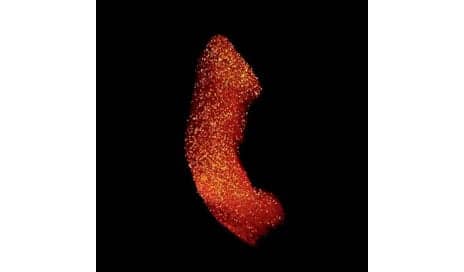
Biodistribution analysis shows how MAPCs (gold) travel home to the spleen, a primary reservoir for inflammatory cells in the body. The MAPCs were intravenously administered approximately 1 day after the spinal cord injury.
Therapeutic stem cells called multipotent adult progenitor cells (MAPCs) may be able to lessen the consequences of the immune system’s second wave response after a spinal cord injury, and preserve body function that could otherwise be lost.
This is according to researchers at Case Western Reserve University, who suggest that the use of these stem cells helped result in significant improvements in motor and urinary function in lab animals.
The study appears in the November 19 edition of Scientific Reports, an online journal from the publishers of the journal Nature, according to a media release from Case Western Reserve University.
The release explains that after a spinal cord injury, the immune system dispatches macrophages to dispose of dead tissue and blood from the initial injury. However, the macrophages also tend to clear away healthy tissue along with the debris, resulting in a larger lesion at the injury site and additional spinal cord loss of function.
The research team, led by Jerry Silver, PhD, professor of neurosciences at CWRU, demonstrated that MAPCs have the ability to modulate the aggressive behavior of macrophages in which they still provided the necessary debris clearing but appear less disruptive to healthy tissue, the release adds.
Researchers also demonstrated that time is a factor in promoting a positive immune response with MAPCs. They injected MAPCs into lab animals 1 day postinjury and noted that they traveled primarily to the animals’ spleens, resulting in a beneficial macrophage immune response that spared more spinal cord tissue. As a result, the animals that received this treatment demonstrated markedly improved hind-paw motor control and urinary function.
However, when the MAPCs were administered to the animals too soon (immediately after the injury) or not at all (the study’s control group), the animals received no benefit.
“There was this remarkable neuroprotection with the friendlier macrophages,” Silver says in the release. “The spinal cord was just bigger, healthier, with much less tissue damage.”
[Source(s): Case Western Reserve University, EurekAlert]





